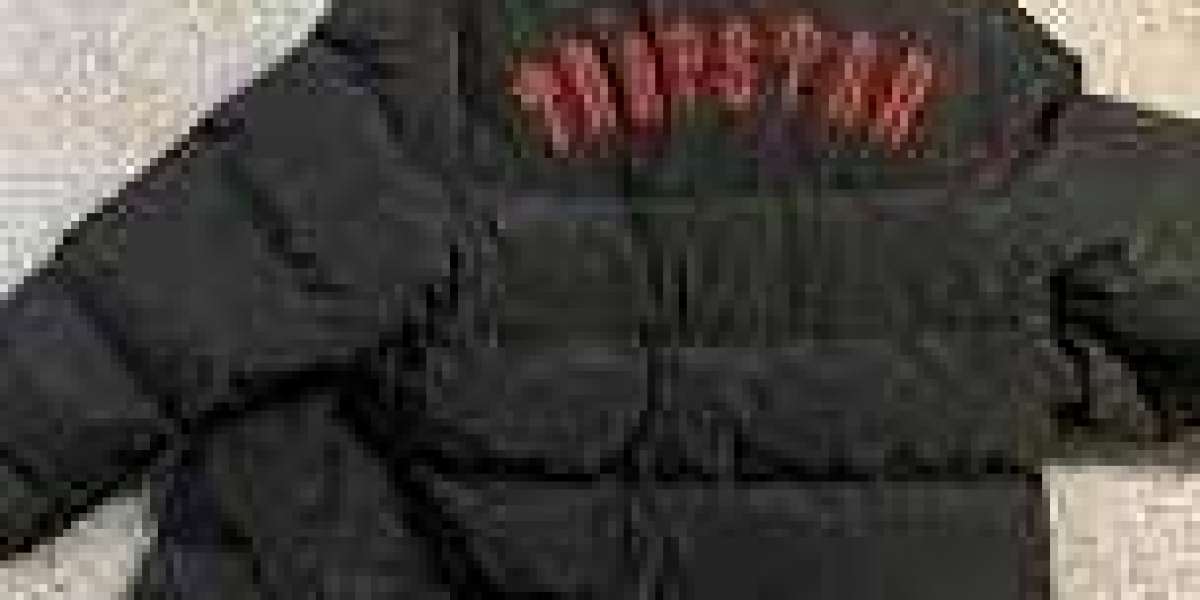Introduction
In the power generation industry, precision, safety, and efficiency are critical. As turbine control systems evolve to meet increasing performance demands, the technology behind them must become more robust and adaptable. GE’s Mark VIe control system stands out as a high-performance platform used globally in gas, steam, and hydro turbine applications. A core component of this system is the interface I/O (Input/Output) module, which acts as the bridge between field devices and the control logic that governs turbine operation.
Overview of GE Mark VIe Control Architecture
The GE Mark VIe is a modular, Ethernet-based distributed control system designed to manage complex turbine systems and auxiliary equipment. Its architecture includes a centralized controller, human-machine interface (HMI), and a network of field-distributed I/O modules. These I/O modules handle all the interactions between the control system and physical devices like sensors, switches, actuators, and solenoids.
By decentralizing the I/O processing, the Mark VIe enables faster response times, easier maintenance, and improved system diagnostics. The interface I/O modules are critical in this architecture, converting physical signals into usable data and relaying control commands back to the field.
What Are Interface I/O Modules?
Interface I/O modules serve as communication points between the control system and real-world components. These modules receive input signals from devices (e.g., pressure switches, temperature sensors, or position indicators) and send output signals to control elements such as relays, contactors, or solenoid valves.
Key Functions:
- Signal Conditioning: Converts electrical signals from field devices into a format the controller can process.
- Electrical Isolation: Protects the controller from voltage spikes or grounding issues in field wiring.
- Data Communication: Transmits data over Ethernet to the Mark VIe controller for real-time processing.
- Diagnostic Monitoring: Provides feedback on module health, wiring faults, and signal status.
These modules can handle a variety of signal types, including analog, digital, and pulse-based signals, making them extremely versatile for turbine applications.
Application in Turbine Control Systems
In turbine systems, I/O modules play a vital role in real-time monitoring and control. Digital I/O modules are often used to detect discrete states such as valve open/close, pressure switch activation, or limit switch status. Outputs are typically used to energize solenoids or drive control relays that manage fuel flow, trip mechanisms, or cooling systems.
These modules are engineered to perform reliably under harsh conditions, including high vibration, electrical noise, and wide temperature ranges—common in turbine environments.
Moreover, when deployed in safety-critical systems, I/O modules often support redundant configurations, such as dual or triple modular redundancy (TMR), to ensure fail-safe operation. This capability is crucial for systems requiring compliance with safety integrity levels (SIL) for plant protection.
Benefits to Operators and Engineers
Interface I/O modules bring significant advantages in the deployment and operation of turbine control systems:
- Flexibility: Modular I/O design allows for customized system scaling and configuration.
- Maintainability: Most modules are hot-swappable, allowing for field replacement without shutdown.
- Enhanced Diagnostics: Integrated LEDs and fault reporting help engineers quickly identify issues.
- Reduced Downtime: Built-in fault tolerance and redundancy improve system reliability.
These features enable plant operators to respond more effectively to abnormal conditions, streamline maintenance, and minimize disruptions.
Future-Ready Control Infrastructure
As power plants embrace digital transformation, the interface between physical systems and digital controls becomes even more important. Interface I/O modules will continue to play a key role in enabling automation, remote diagnostics, and predictive maintenance. With the ability to integrate into Industrial Internet of Things (IIoT) architectures, these modules are well-positioned for next-generation control strategies.
Conclusion
Interface I/O modules are essential components in the GE Mark VIe control system, responsible for translating physical signals into actionable data and executing control logic. In the demanding world of turbine operation, these modules ensure reliable, safe, and efficient control. As the industry continues to evolve, the importance of robust, intelligent I/O infrastructure will only grow—enabling smarter and more responsive turbine systems for years to come.
More Products








